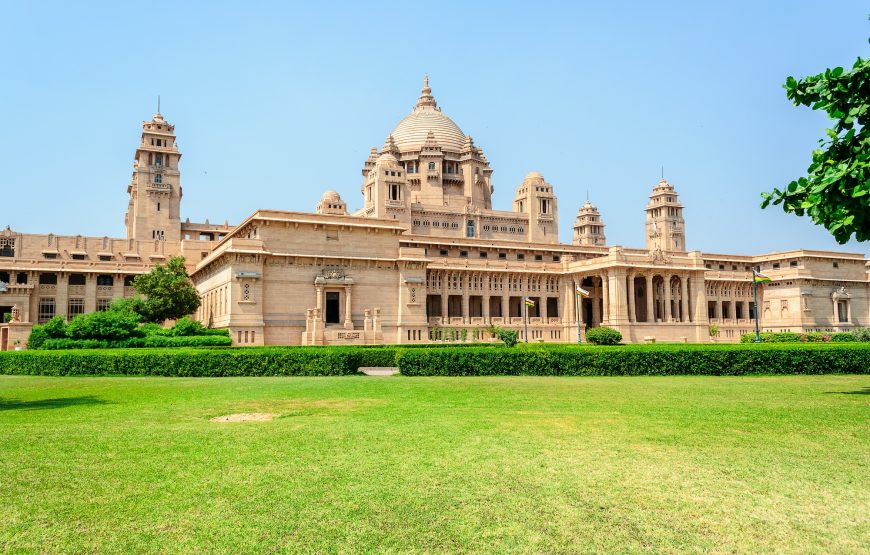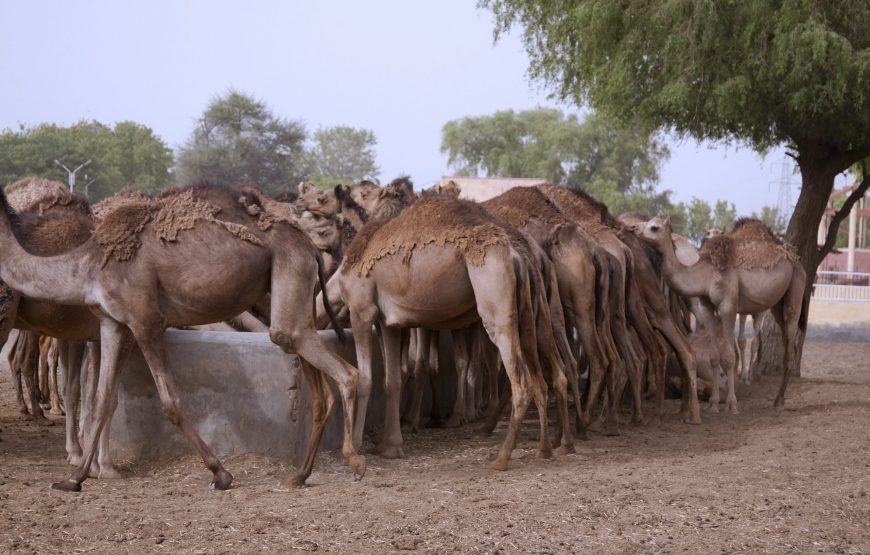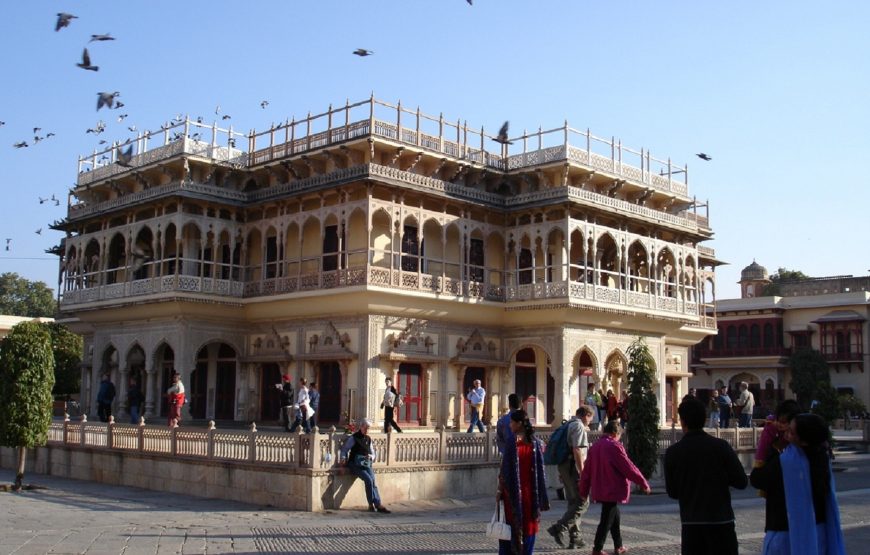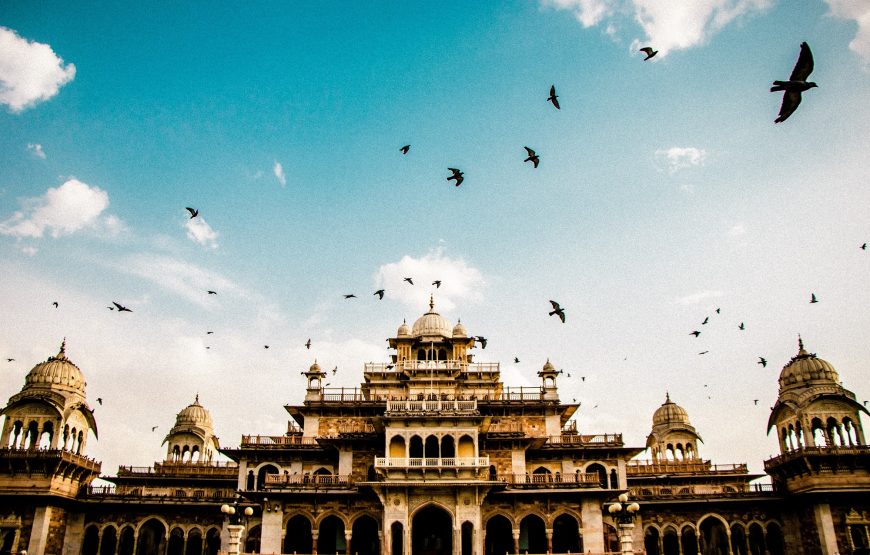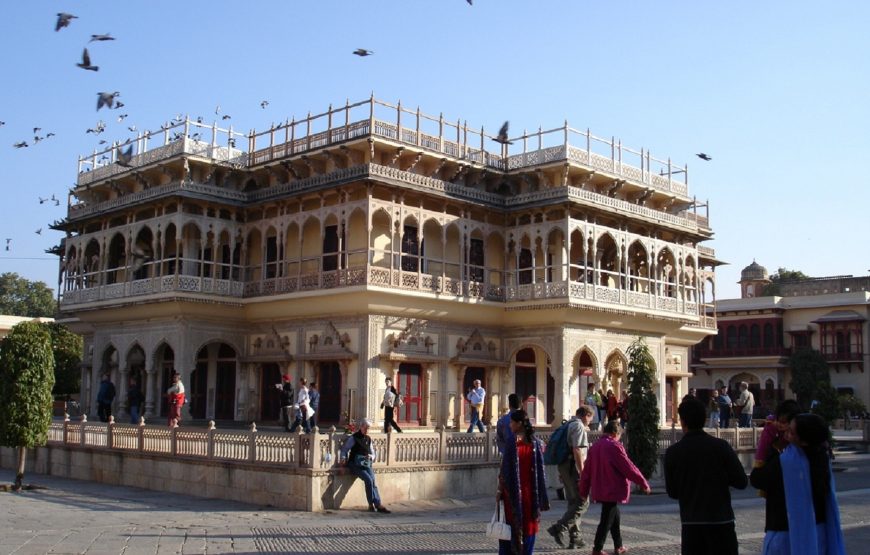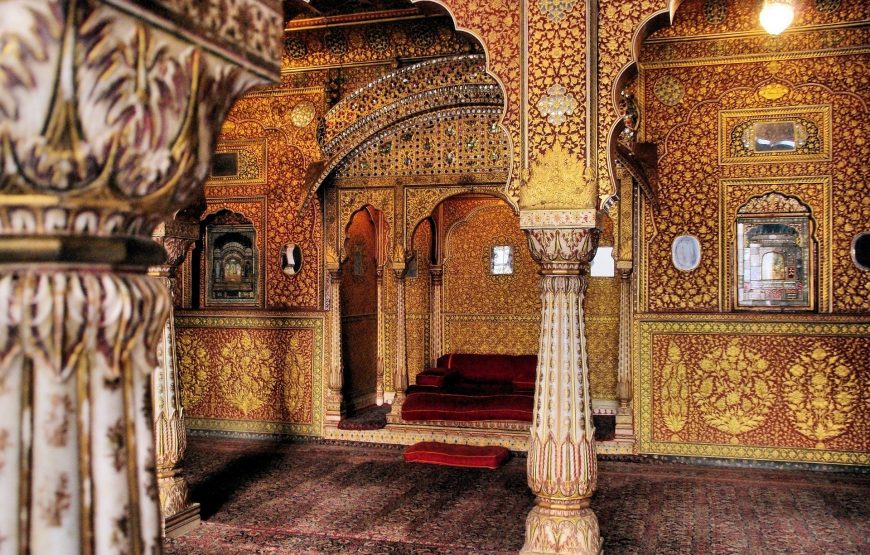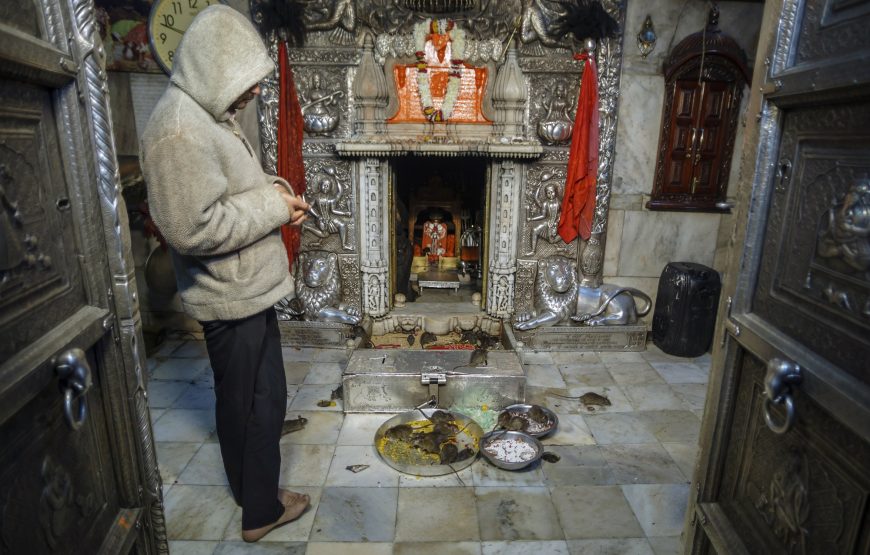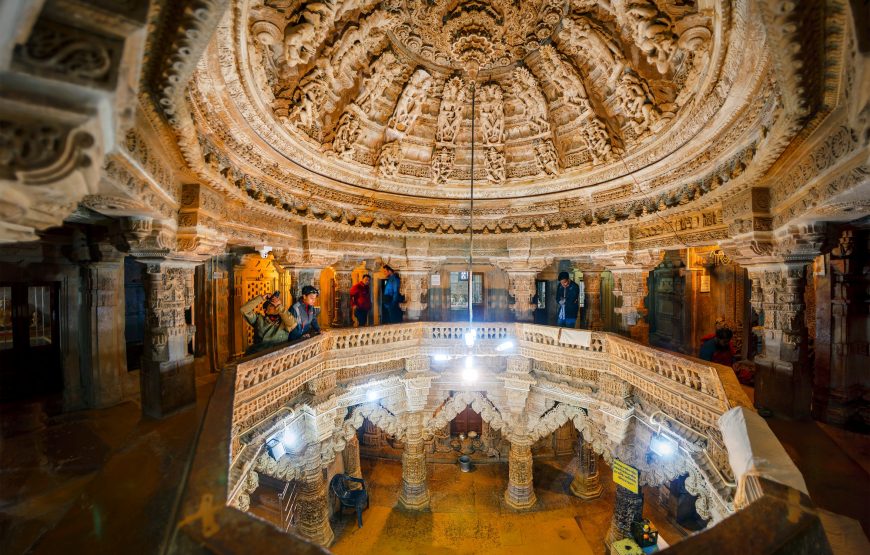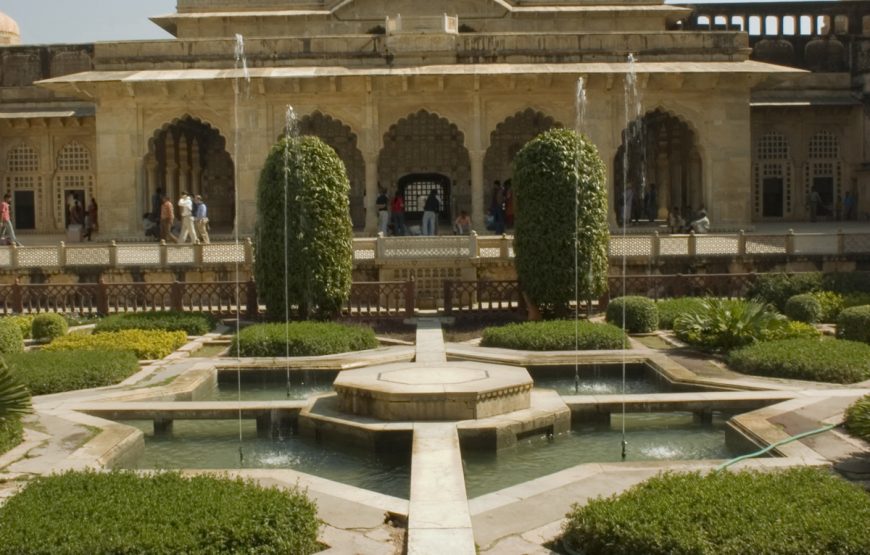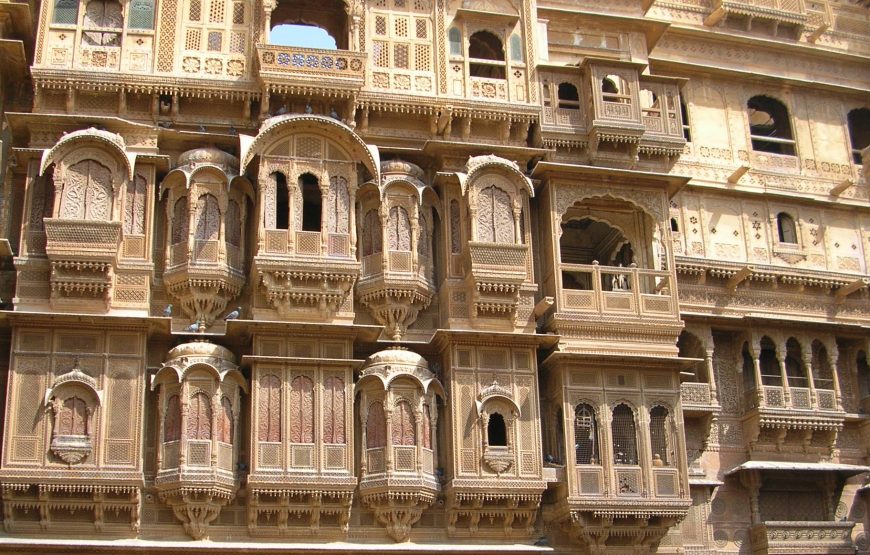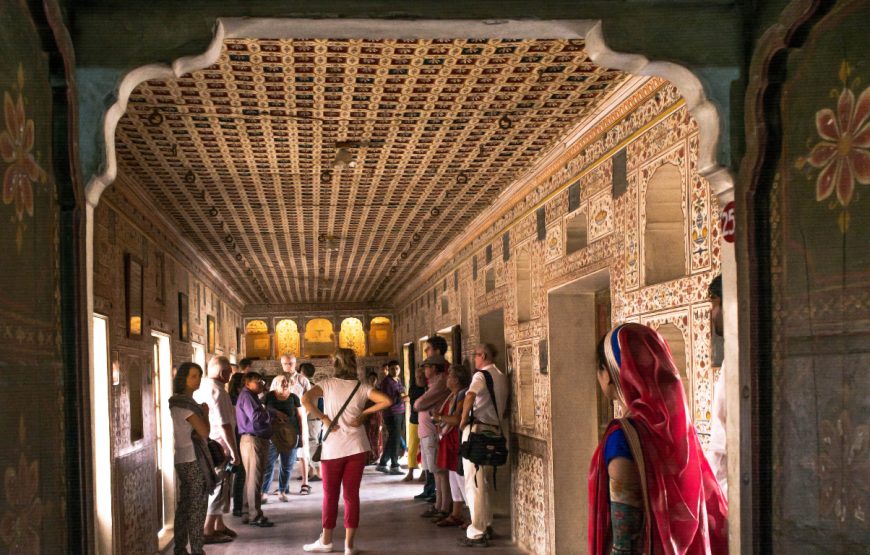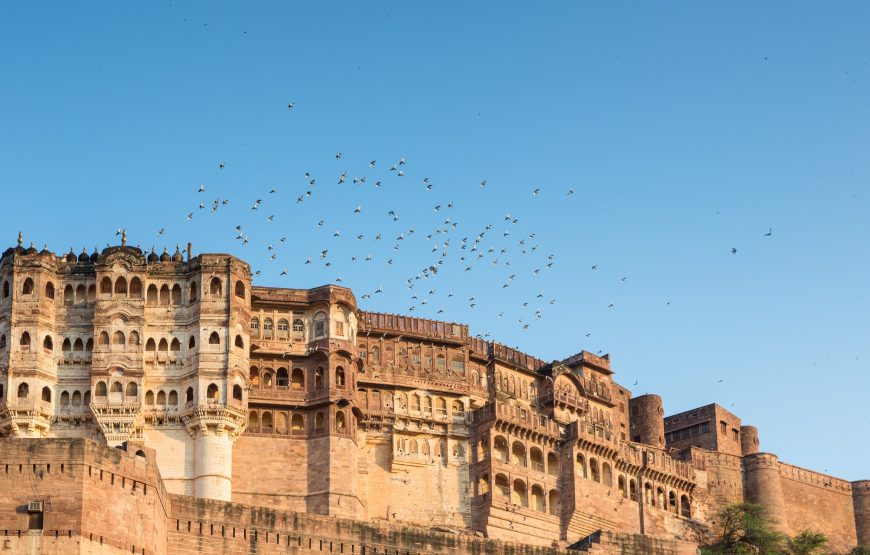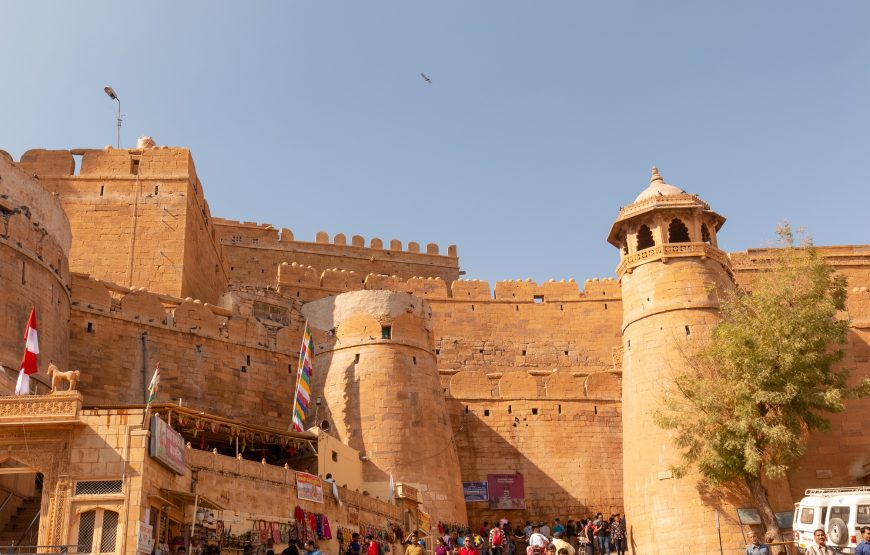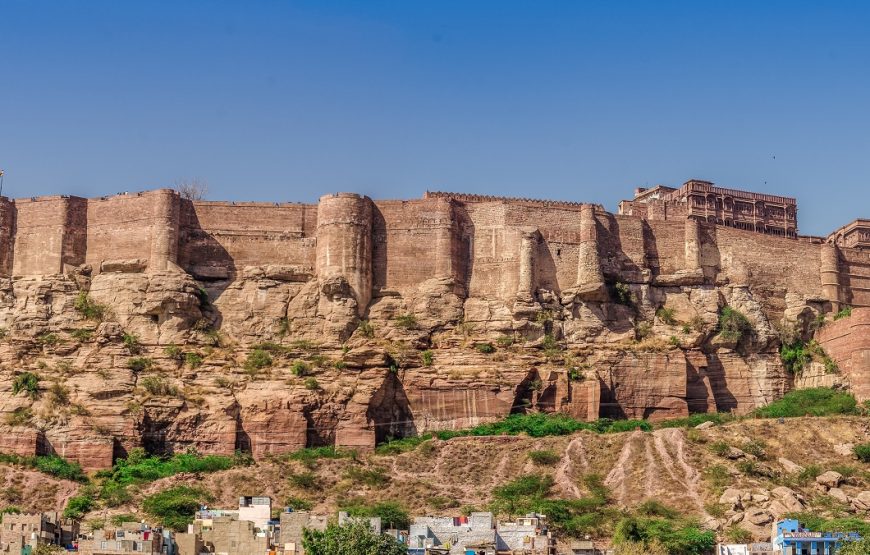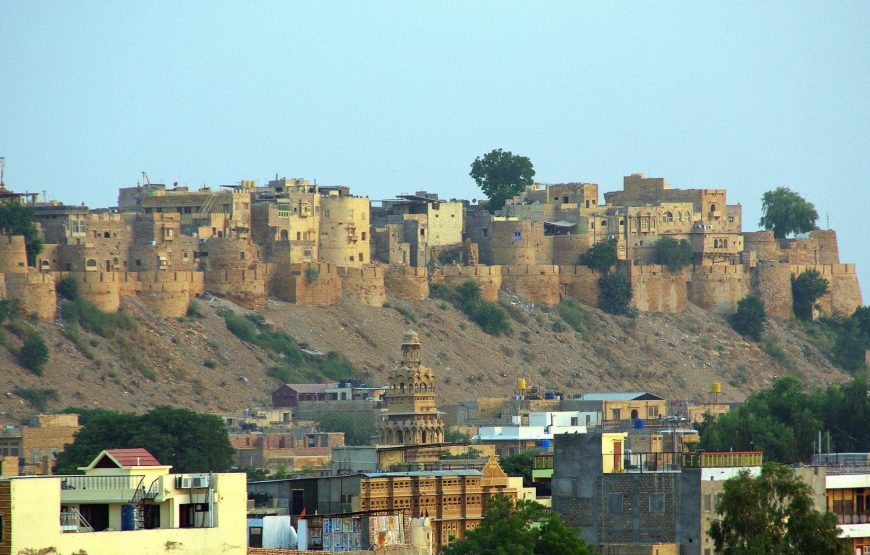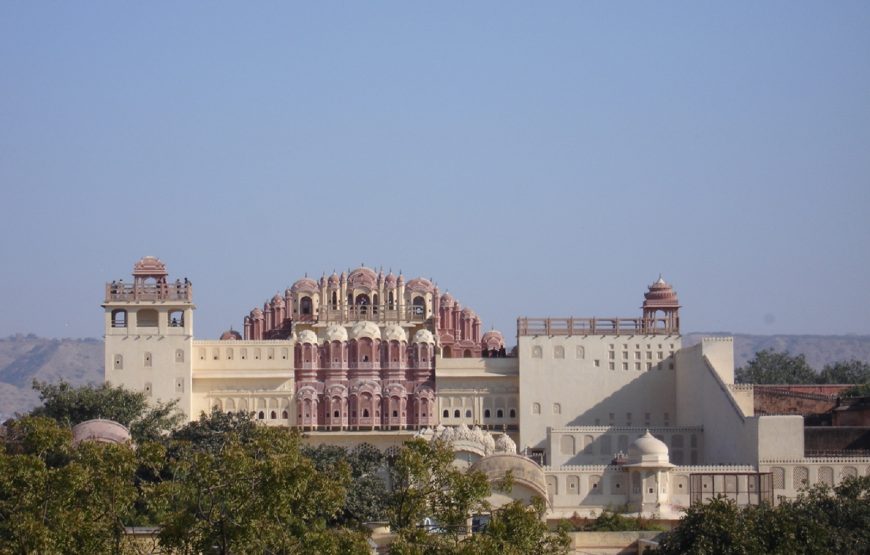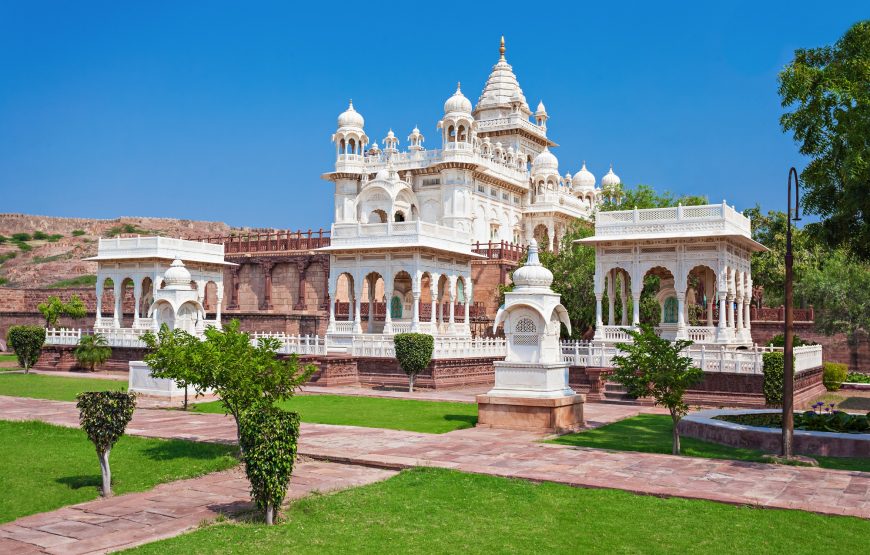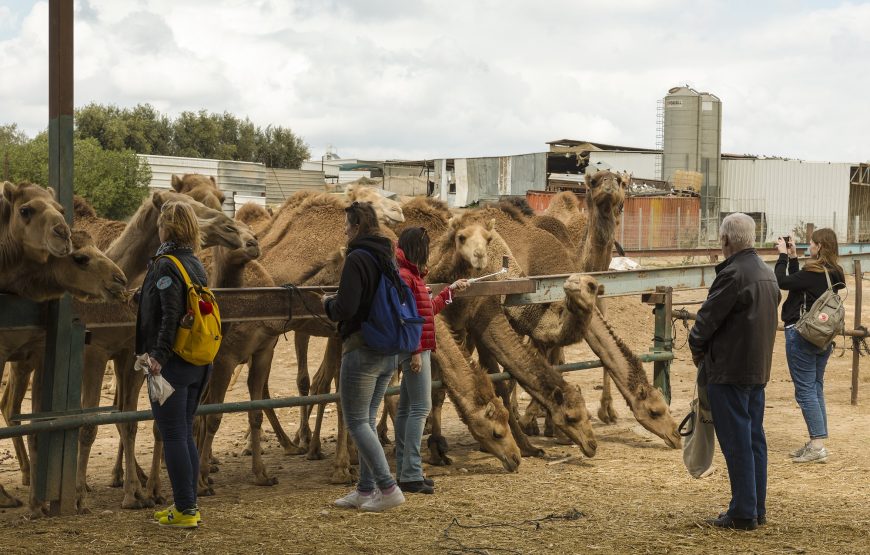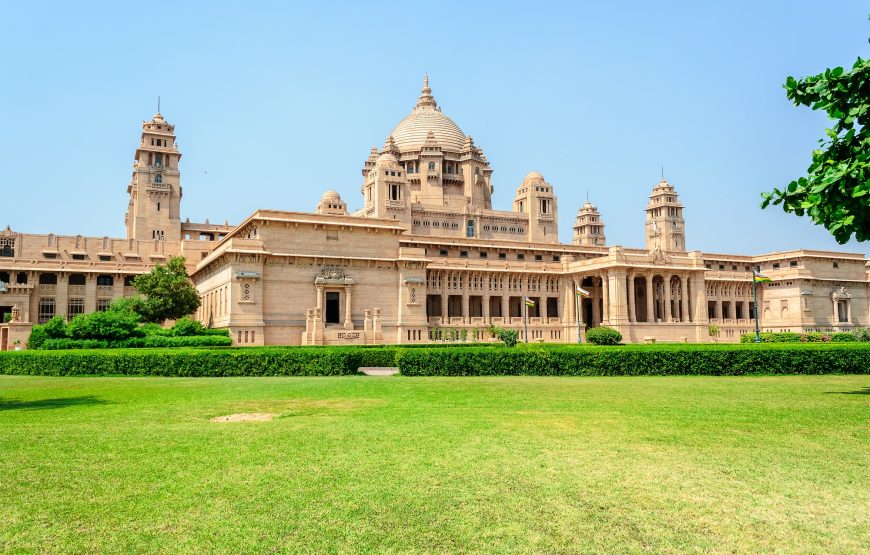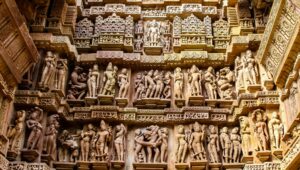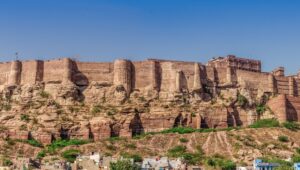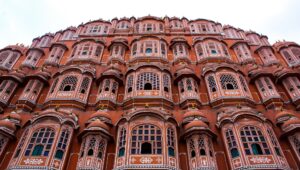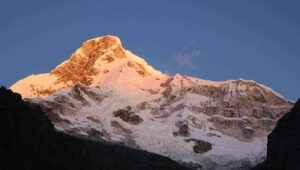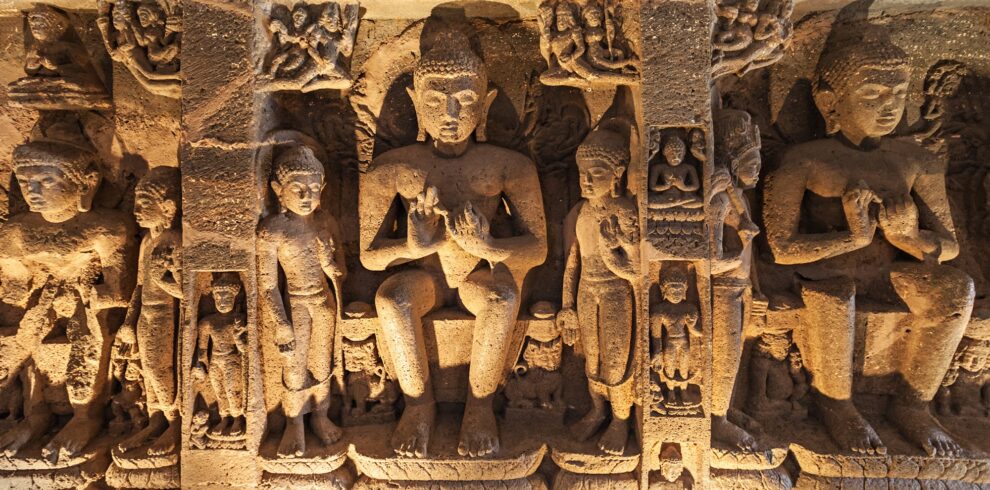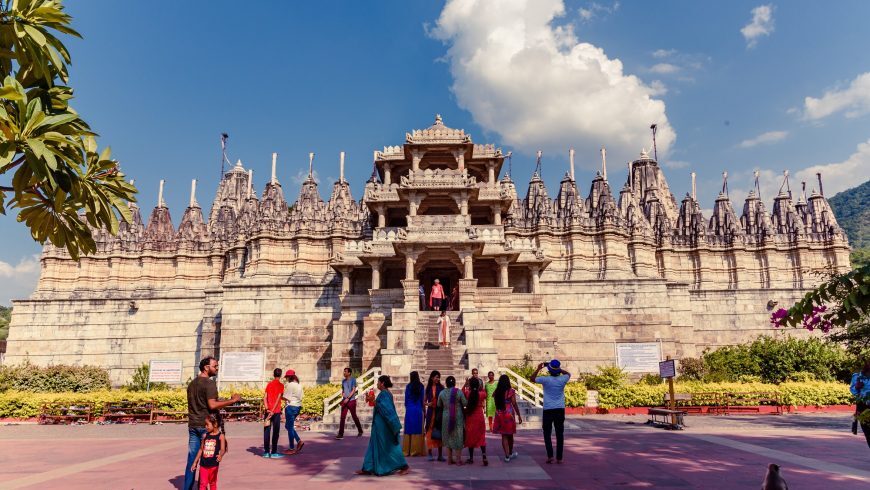Early morning, after breakfast, leave Desert Camp For Longewala.
Longewala War Memorial: Marking the spot of a 1971 war, Longewala War Memorial shows the aftermath of the war between Pakistan and India through a range of military items.
Tanot Temple: At the Indo-Pak border in Rajasthan is one such miraculous tale when the local deity Tanot aka Awad Mata, didn't let any Pakistani tank bomb explode, and Indian soldiers who were certain of martyrdom & defeat went on to crush the Pakistanis in both wars 1965 & 1972.
Bada Bagh: A fertile oasis on the bank of an artificial lake. Surrounded by the dense tree are the royal cenotaphs with
beautifully carved ceilings and equestrian statues of the former rulers.
Jaisalmer Fort: Famously known as Golden Fort in India. It was constructed by Raja Jaisal, Rajput ruler, in 1156 AD. It is believed to be one of the very few living forts in the world.
Patwa Havelis: are a cluster of five havelis aligned in a narrow lane in the heart of the city. Of the five havelis, the first haveli in the lane, aka the Kothari’s Patwa Haveli, is not only extraordinarily preserved and restored but is also open to visitors to experience the lifestyle of the erstwhile patwas.
Nathmalji ki Haveli: was constructed by Maharawal Berisal in 1885 CE to serve as Diwan Mohata Nathmal, the then Prime Minister of Jaisalmer. The chief architects of this haveli were two brothers, named Hathi and Lulu. There is a fascinating story regarding its construction. It is believed that both the brothers started building the facets of the haveli simultaneously. The two sides are similar but not identical.
Salim Singh Ki Haveli: Architecturally notable residence built-in 1815 with a peacock-shaped roof & numerous balconies.
Overnight stay in Jaisalmer city hotel.
Day 7: JaisEarly morning, after breakfast, leave Desert Camp For Longewala.
Longewala War Memorial: Marking the spot of a 1971 war, Longewala War Memorial shows the aftermath of the war between Pakistan and India through a range of military items.
Tanot Temple: At the Indo-Pak border in Rajasthan is one such miraculous tale when the local deity Tanot aka Awad Mata, didn't let any Pakistani tank bomb explode, and Indian soldiers who were certain of martyrdom & defeat went on to crush the Pakistanis in both wars 1965 & 1972.
Bada Bagh: A fertile oasis on the bank of an artificial lake. Surrounded by the dense tree are the royal cenotaphs with
beautifully carved ceilings and equestrian statues of the former rulers.
Jaisalmer Fort: Famously known as Golden Fort in India. It was constructed by Raja Jaisal, Rajput ruler, in 1156 AD. It is believed to be one of the very few living forts in the world.
Patwa Havelis: are a cluster of five havelis aligned in a narrow lane in the heart of the city. Of the five havelis, the first haveli in the lane, aka the Kothari’s Patwa Haveli, is not only extraordinarily preserved and restored but is also open to visitors to experience the lifestyle of the erstwhile patwas.
Nathmalji ki Haveli: was constructed by Maharawal Berisal in 1885 CE to serve as Diwan Mohata Nathmal, the then Prime Minister of Jaisalmer. The chief architects of this haveli were two brothers, named Hathi and Lulu. There is a fascinating story regarding its construction. It is believed that both the brothers started building the facets of the haveli simultaneously. The two sides are similar but not identical.
Salim Singh Ki Haveli: Architecturally notable residence built-in 1815 with a peacock-shaped roof & numerous balconies.
Overnight stay in Jaisalmer city hotel.
